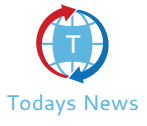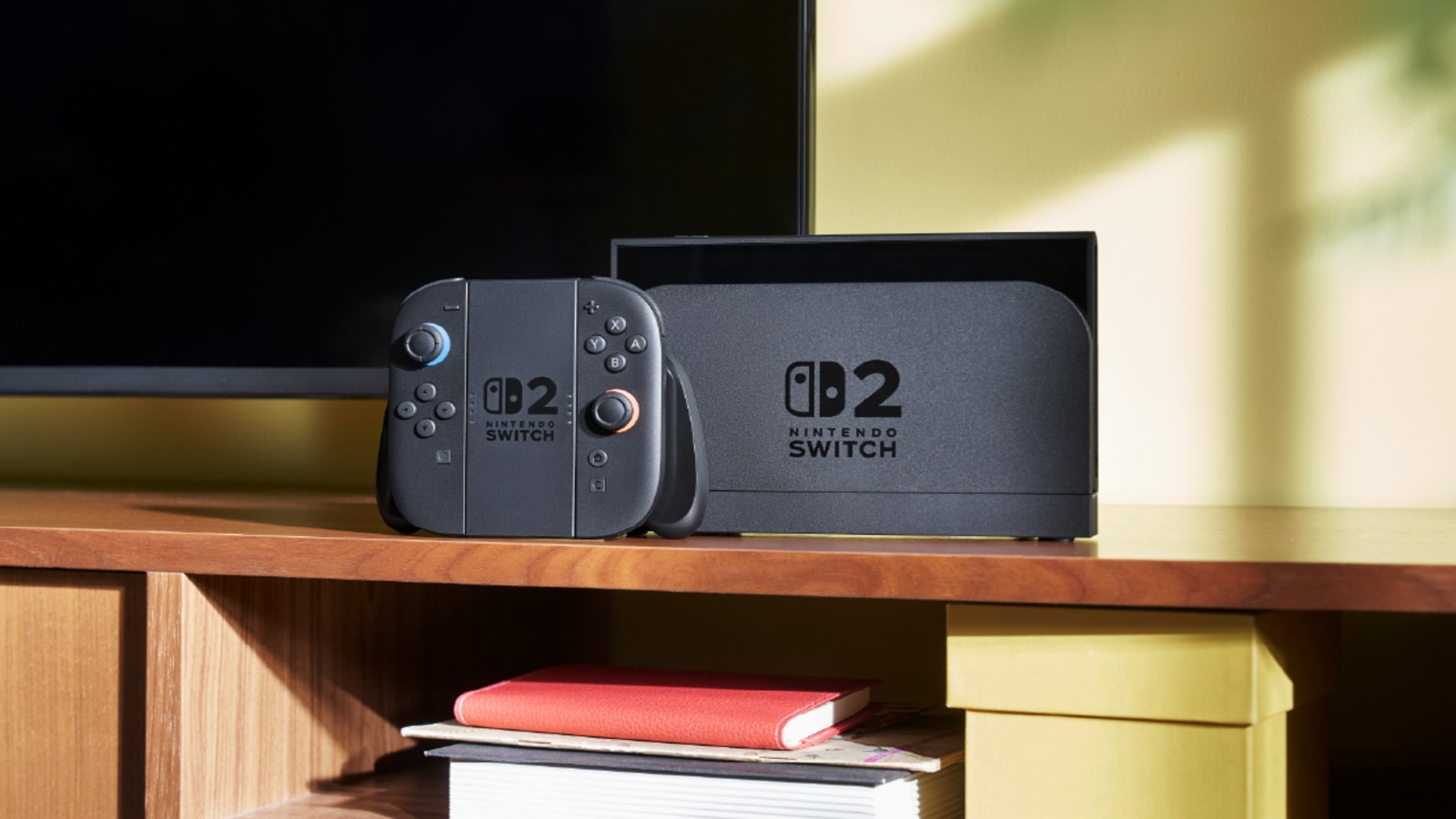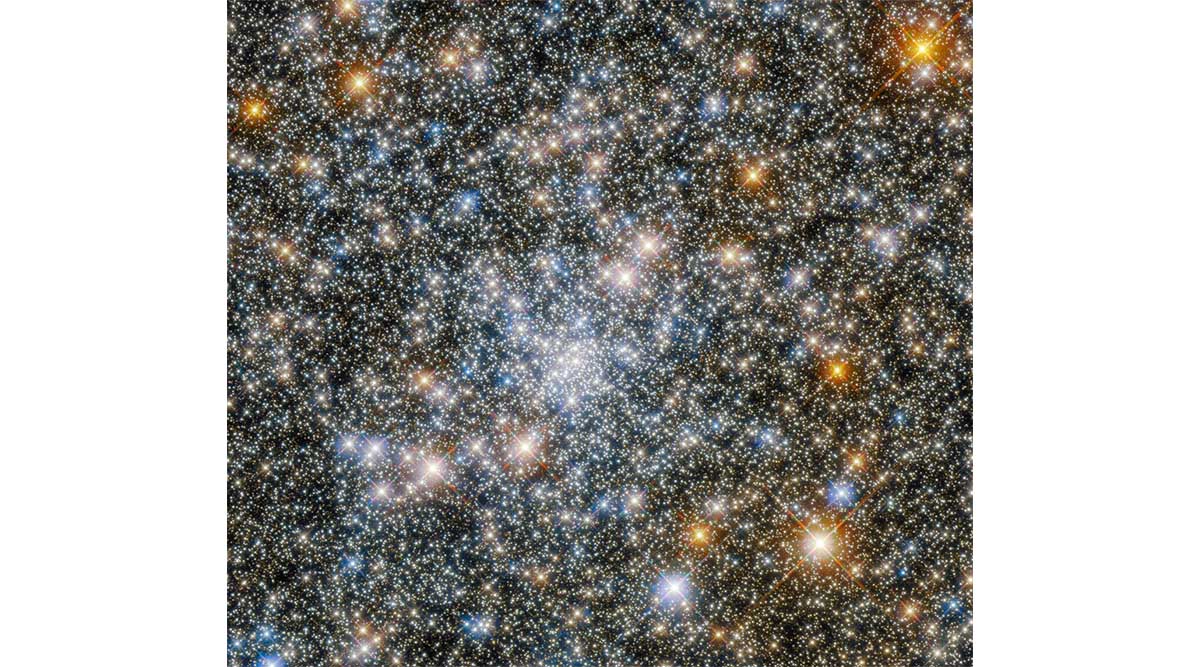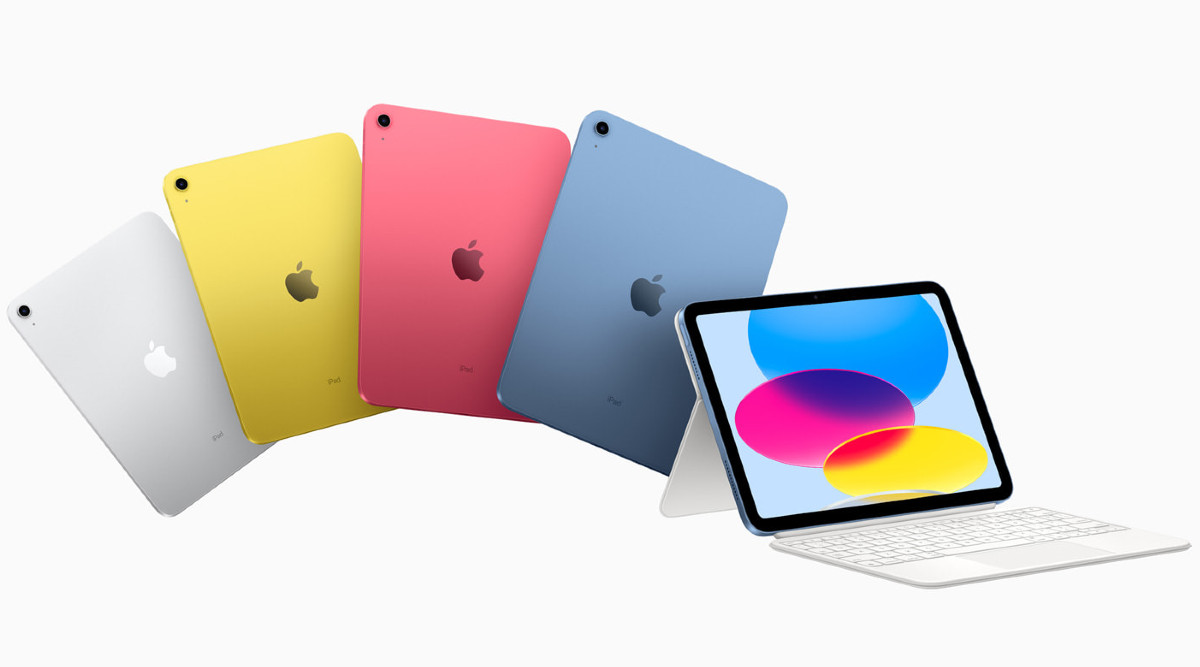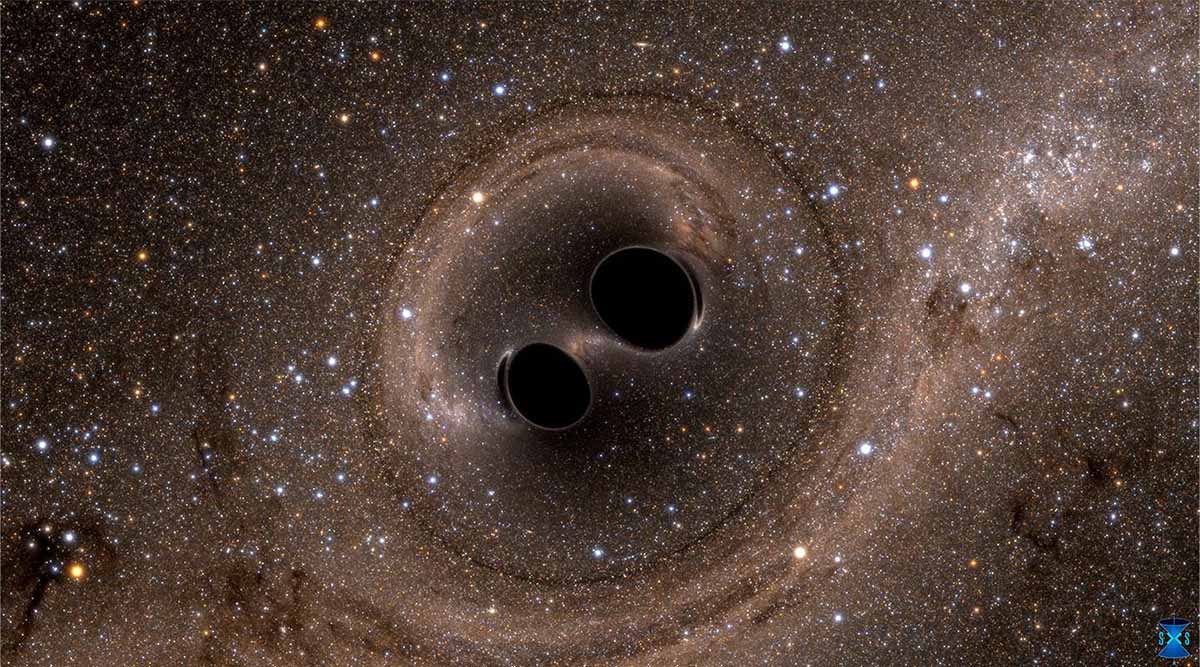Nintendo aims to recreate what Apple was once known for — long lines at retail stores on launch day for the iPhone. While that kind of momentum hasn’t been seen for a tech product in years, the Switch 2 could take its place as it goes on sale worldwide Thursday.
However, there’s no guarantee that consumers will walk away with a Switch 2 in hand, Nintendo’s first new console in eight years — and the successor to the smash hit Switch — which remains in tight supply amid strong pre-orders in the company’s biggest markets, including the US.
“Consumers should be aware that availability will be extremely limited worldwide, at least over the next few weeks or even months. If you can find a Switch, buy it immediately, as prices might go up in the future due to the volatile situation with US tariffs,” Serkan Toto, CEO of Tokyo-based consultancy Kantan Games, told indianexpress.com.
The Switch 2 debuts at a critical time for Nintendo, as its next-generation game console is vital to both the company’s business and the overall health of the video game console market. The video game industry experienced a boom during the COVID-19 pandemic, with people stuck at home and companies like Nintendo seeing dizzying success with the original Switch. But now, as life returns to normal, there’s pressure on Nintendo to make its new console a hit with consumers.
A few bold decisions
What may be Nintendo’s biggest advantage is the loyal fan base it has built over the past few years, especially in the US, thanks to the unprecedented success of the Switch, which has sold 150 million units worldwide since its launch in 2017. That success has made the Kyoto-based company cash-rich, with the Switch alone generating $100 billion in sales for one of the world’s oldest and most respected video game companies.
During the Switch era, Nintendo also expanded into new business areas, including theme parks, movies, and subscription-based services, transforming itself into an entertainment empire. This strategic shift moves the company beyond the traditional gaming segment, and into territory more commonly associated with Disney.
Nintendo is launching the Switch 2 in the middle of the year, rather than during the fall season when most major tech launches typically occur. The company chose a summer release to capitalise on the time when kids are out of school. This underscores the importance of kids and families to a product like the Switch 2. Nintendo has traditionally marketed its games to appeal to a broad user base, especially casual gamers. That formula has worked well, setting Nintendo apart from its biggest competitors, Sony and Microsoft, which cater more heavily to core and hardcore gaming audiences.
Story continues below this ad
As Nintendo enters a new generation with the Switch 2, it has made bold decisions that could shape the company’s future. The Switch 2 doesn’t look dramatically different from its predecessor — it’s still a hybrid system with a built-in screen and a TV dock, allowing players to “switch” between handheld and home console modes. This continuity is notable, given Nintendo’s history of experimenting with radically different console designs each generation. In that sense, the Switch 2 marks a departure from the company’s traditional approach to hardware innovation.
The Switch 2 is also more powerful, featuring a modern custom processor developed by Nvidia that supports AI processing. The device sports an 8-inch screen and delivers a sharper 1080p resolution, while the dock supports up to 4K output on compatible TVs. The detachable Joy-Con controllers return, now with changes in both size and functionality. A standout feature is the built-in optical sensor, which allows the controller to function like a computer mouse when placed on a table or lap — ideal for games like Fortnite and Metroid.
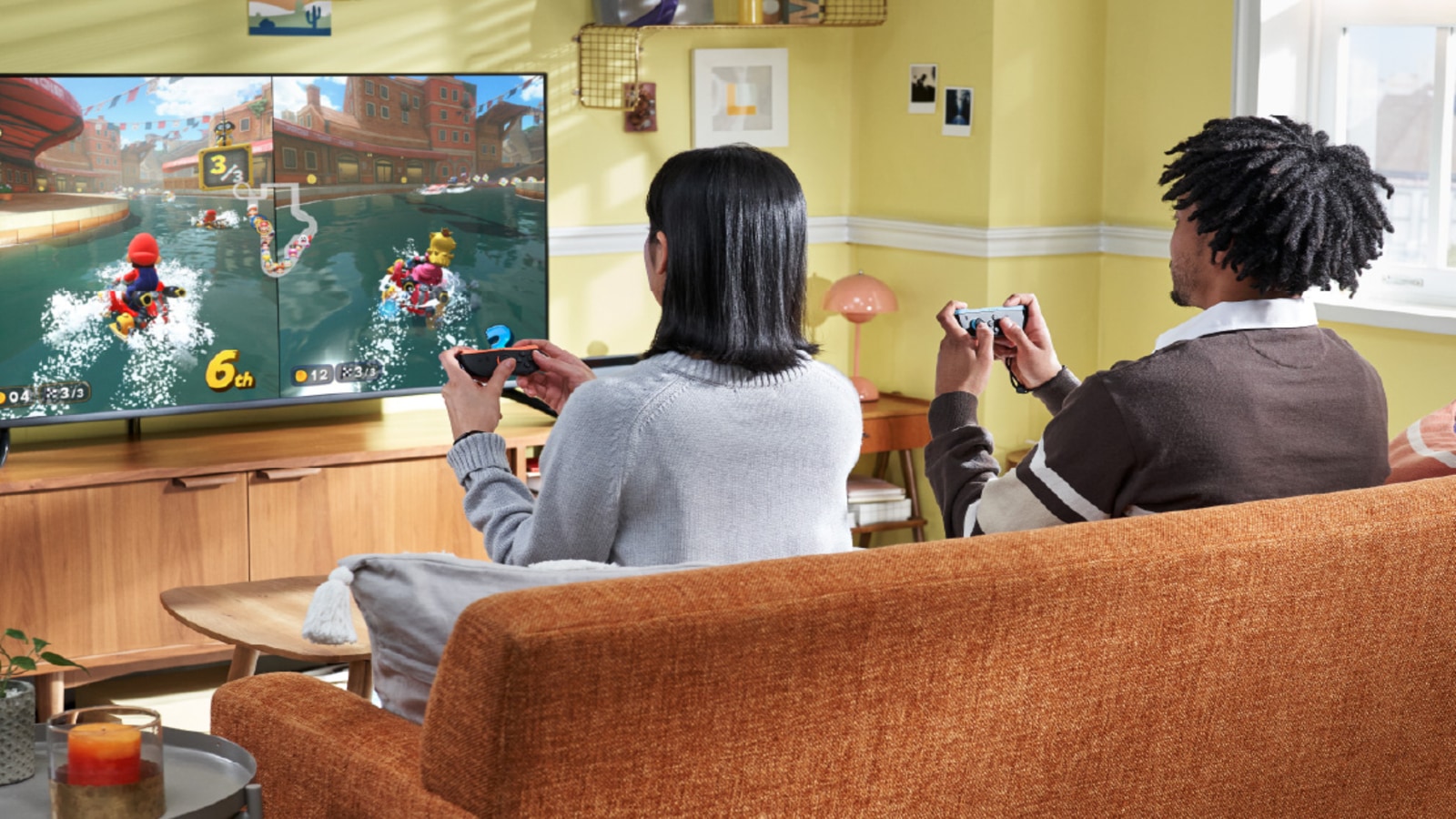 Mario Kart World is expected to be the best-seller on the Switch 2. (Image credit: Nintendo
Mario Kart World is expected to be the best-seller on the Switch 2. (Image credit: Nintendo
Familiarity over risk
For investors, the success of the Switch has benefited Nintendo, not only by strengthening its cash reserves, but also by proving the company’s ability to deliver a hit product that resonates with the masses. The Switch has generated a steady stream of income through game sales and services. In many ways, it functions more as a platform, much like the iPhone does for Apple. This may be one reason why Nintendo has taken a more cautious approach with the Switch 2.
This strategy is evident in Mario Kart World, a launch title for the Switch 2, where Nintendo is clearly betting on the success of a proven franchise. The previous instalment, Mario Kart 8 Deluxe, sold over 68 million copies on the original Switch. There’s also pressure on the company to break the so-called “post-hit jinx” — a recurring challenge Nintendo has faced in sustaining momentum after major hardware successes.
Story continues below this ad
There’s a sense that Nintendo chose familiarity over risk with the Switch 2. This suggests that the company has finally settled on the ideal form factor for a hybrid console, and plans to stick with it while continuing to refine and improve the experience. However, the Switch 2 comes at a premium, priced at $449, substantially more than its $300 predecessor. That’s a significant jump for a console, and Nintendo is also charging more for its first-party games, with Mario Kart World priced at $80.
“Consumers seem to be generally OK with the price point, and I believe this won’t be a big issue if Nintendo can keep the price stable over time,” Toto said. “The excitement around the launch is very high in Nintendo’s key markets, particularly the US, Europe, and Japan, so we should expect a successful launch.”
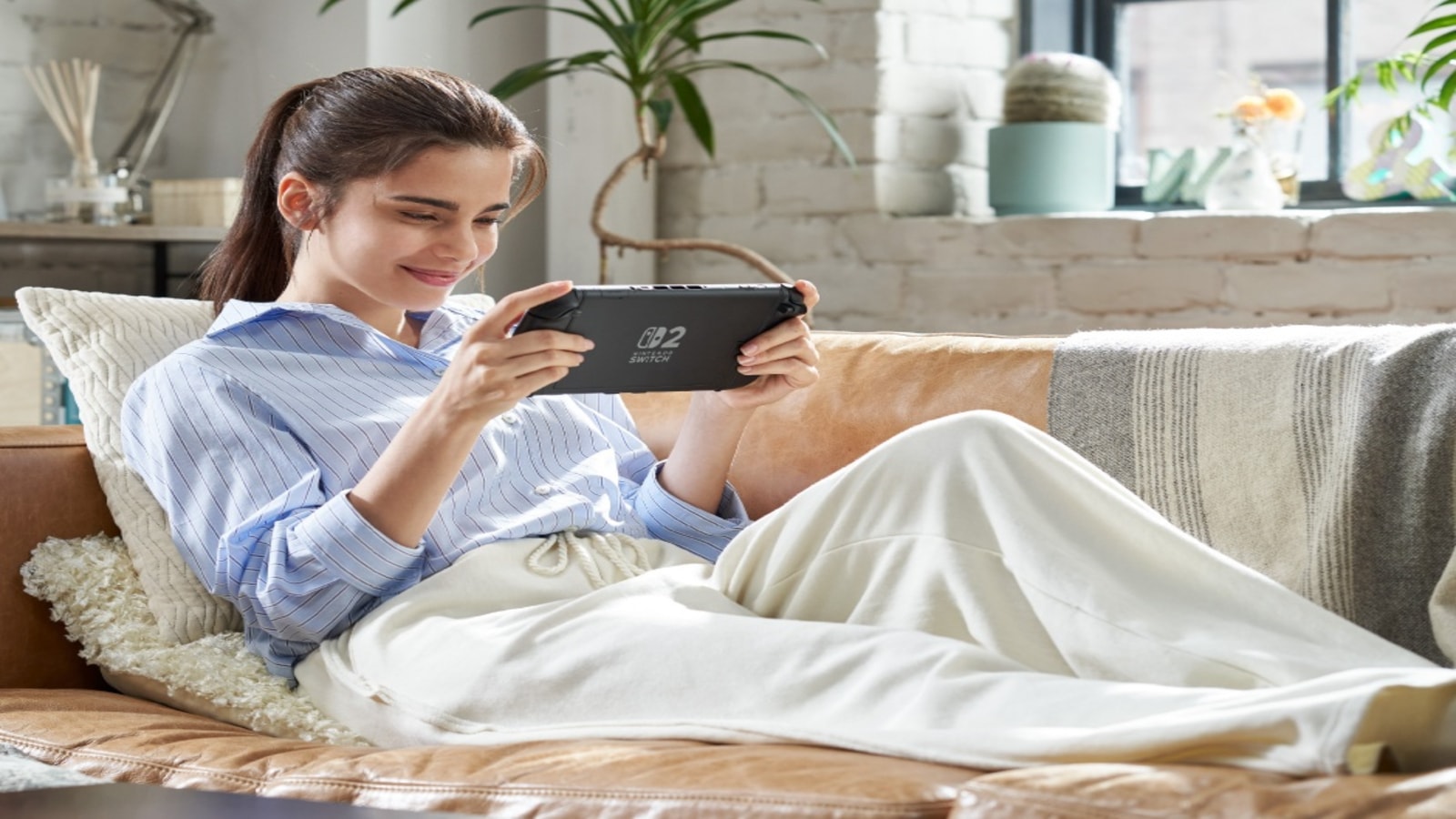 The Switch 2 is more of an incremental update over a brand new experience. (Image credit: Nintendo)
The Switch 2 is more of an incremental update over a brand new experience. (Image credit: Nintendo)
Sold-out preorders
The early reception to the Switch 2 has been strong and eclipses the hype surrounding the original Switch. While Nintendo has not disclosed pre-order numbers for the US market, in Japan, where the company is headquartered, over 2.2 million people have pre-ordered the Switch 2 through Nintendo’s own online store alone. Toto calls the pre-order figure for Japan “an incredible number.”
“The US has always been, and still is, Nintendo’s biggest market, but the original Switch was a smash hit in Japan in particular. Nintendo wants to maintain that momentum in its home country by making the Switch 2 as affordable as possible. The international model in Japan is of a special interest device that is sold as an alternative to the high-priced version. That version will likely play a smaller role in Japan going forward,” Toto said.
Story continues below this ad
In Japan, Nintendo is offering two versions of the Switch 2: a Japanese-only model priced at ¥49,980 (about $350), and a multilingual version priced at ¥69,980 (about $500), which is available exclusively through the My Nintendo Store. Additionally, Nintendo is offering higher margins to Japanese retailers as part of its domestic push for the Switch 2.
Banking on Switch 2
Nintendo, known for creating memorable characters and retelling their stories through its games over many years, is launching its most important product in years, at what may be the worst possible time. This coincides with US President Donald Trump introducing a slew of tariffs on foreign goods, particularly targeting Asia, where many tech supply chains are based. As a result, Nintendo is more vulnerable to Trump’s tariffs. While the company has not changed the retail price of the Switch 2 in the US, it has announced price increases on Switch 2 accessories, such as controllers and carrying cases
“I think in the first year and with enough supply, Nintendo can sell 20 million units of the new device. After that initial wave of early adopters and hardcore fans, it will be Nintendo’s challenge to convince as many people as possible to upgrade further down the life cycle,’’ Toto said.
With the Switch 2 being Nintendo’s most expensive console, the company is on top of the world, and its stock is at an all-time high. While some may see the Switch 2 as merely a souped-up version of the original Switch, it is also Nintendo’s riskiest product yet. The company needs it to be a major success, as a lot is riding on it — its success will ultimately determine whether Nintendo can move forward on its path to becoming a broader entertainment company. After all, unlike Sony or Microsoft, Nintendo doesn’t have any other major product lines to fall back on.
Story continues below this ad
Perhaps Nintendo’s secret to domination lies in the intellectual property it has built over the years. It’s hard to quantify just how big Nintendo truly is, given its many franchises and beloved characters that span generations. Iconic games and characters like Mario and Zelda — and the way Nintendo continues to present them to new audiences — give the Switch 2 a lead in the video games market, especially at a time when competition from smartphone games is strong and rivals have finally recognised the potential of the handheld gaming market.
